Spring is finally here and for me that generally means one thing, it’s time to start targeting the population of canal carp that inhabit the Midlands canal network. Don’t get me wrong winter is a great time to be canal carping as a good friend of mine has been proving recently, but with pike my sole focus throughout winter it’s only now I can concentrate on carp fishing with any real vigour.
I enjoy carp fishing on the canal more than any other venue, simply because I find it is generally always quiet, but more importantly I’m fishing for truly wild fish. These fisheries have never been stocked or managed, the carp amongst plenty of other species have found their way into the watercourses and thrived on neglect and being left alone in favour of their much more illustrious and often bigger stillwater cousins. A double figure fish is a good result and a 20lb plus fish something really special, not on a national scale of course but from a venue that to all intents and purposes is thousands of miles long, interlinked with many other canals and rivers it’s a result in its own way.
Like any fishing, location is the most vital aspect of being successful and your biggest asset in locating canal carp isn’t anything you can buy from the local tackle shop or download onto your phone, it’s your eyes. Walking and looking are your biggest chances of a successful canal carping campaign. Unlike a stillwater fish which has nowhere to go so you will eventually find them, canal fish can disappear into miles and miles of water and remain undetected for a very long time. With the majority of canals being relatively shallow one of my favourite ways of locating these nomadic fish is to don a pair of polaroid’s, take a bag of bait and head off for a walk during the warmest part of an early spring day. Because the water is shallow it will warm up quickly and by putting a little bait in every now and then during the walk it won’t take long for the fish to find and on the return journey if there are fish in residence then they will normally be giving way their presence by feeding on your free offerings.
Occasionally there are instances where you won’t need any bait or need to spend any time looking for the fish as the layout of the canal will tell you where you need to be fishing. If there are any bridges, marinas, turning bays. Wharfs, overhanging trees or moored boats, basically anywhere with cover and a source of food then there are likely to be carp in residence. Usually a well presented bait will result in a bite sooner rather than later in many of these areas.
With the fish located it’s time to start thinking about fishing for them and formulating a plan of action. Over the years I’ve found that fishing during the day is pretty pointless due to the large amount of boat traffic on my chosen venue. Through trial and error I’ve found that fishing short sessions of 4-5 hours to be the most productive. Namely 4am-8am or once the first boat has come through and 7pm-midnight, again once the boats have ceased for the day. With no boat activity the carp will come out and actively search for food making them much more catchable and importantly they are easier to angle for without the added disturbance boats can make and the inevitable recasting.
With only fishing short sessions I’m not a fan of fishing over beds of bait as I want my hookbait to be the only food source available therefore increasing my chances of a bite. With that in mind I tend to fish single, highly attractive hookbaits positioned in the right place and once I’m happy with the position of the rig I’ll leave it there until I catch a fish or go home, whichever comes first. If it takes me several attempts to get my bait tight to the hull of a boat or in the small gap between two bushes I’d rather do that knowing once it’s in place it’s staying put, than recast every hour and risk spooking any fish in the vicinity when it’s bite time.
When it comes to rigs I’ve tried a whole different range over the years covering every option and presentation possible and through trial and error I’ve settled on two pop up rigs I have supreme confidence in and that work for me year after year. The first needs no introduction whatsoever and is the stiff hinge rig, strong, easy to tie and guaranteed to always be presented properly it’s my choice of rig when I’m using baits upwards of 14mm in size. Below this bait size I favour a slightly different pop up rig which consists of a large rig ring mounted on a pop up Covert Hook Aligner and curve shank hook. I’ll use a good blob of Critical Mass Putty on the hooklength just below the Hook Aligner to balance the pop up and help present the bait only just off the bottom. Both of these rigs have served me very well and caught me plenty of fish. If I was on a stretch of canal where I was fishing a longer session or in the cooler months once the boat traffic has slowed I would use the same rigs but consider using the stiff hinge rig over a small over of chops and whole 10mm boilies and my other rig in a solid bag/ inline lead set up giving the carp just enough food for a bite.



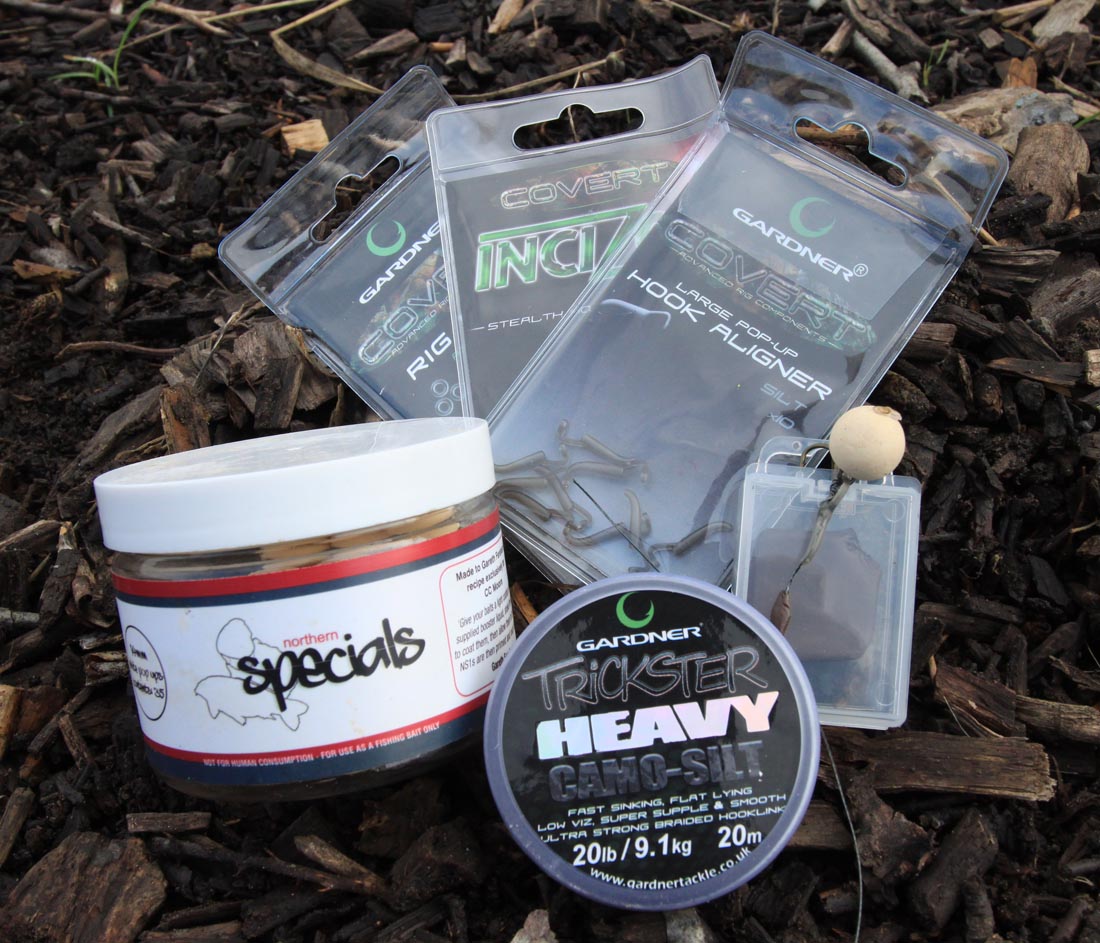
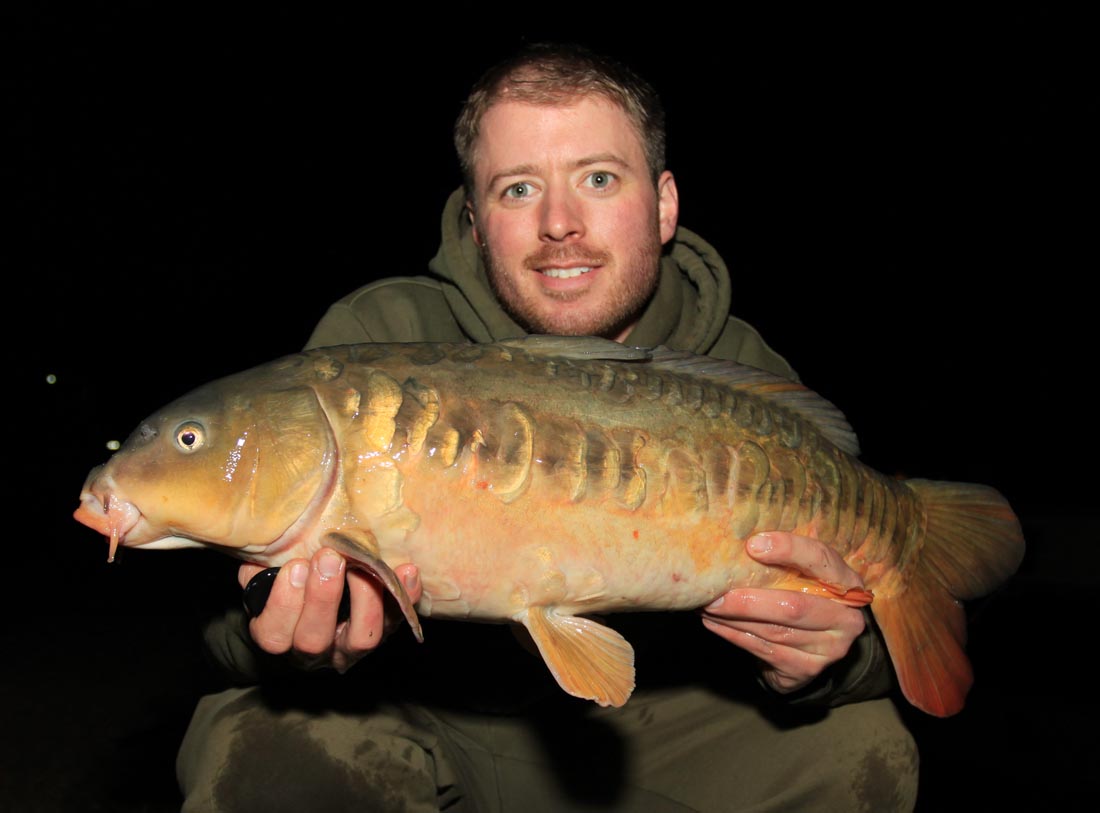
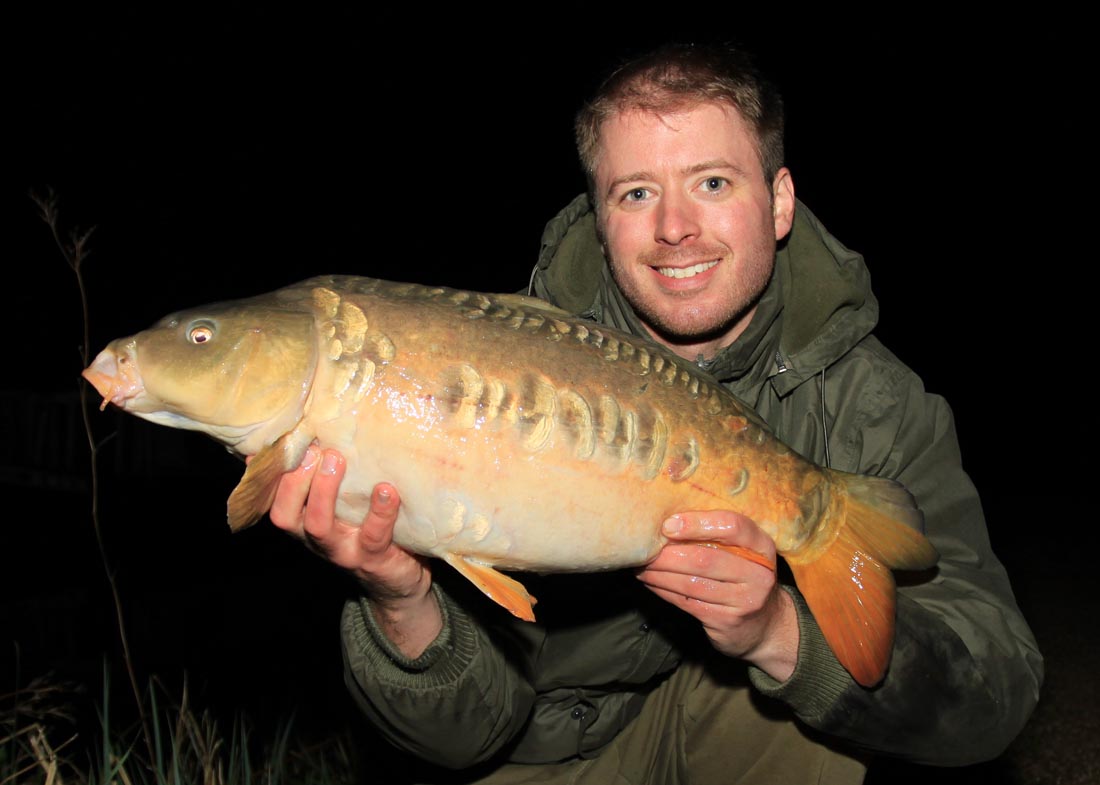
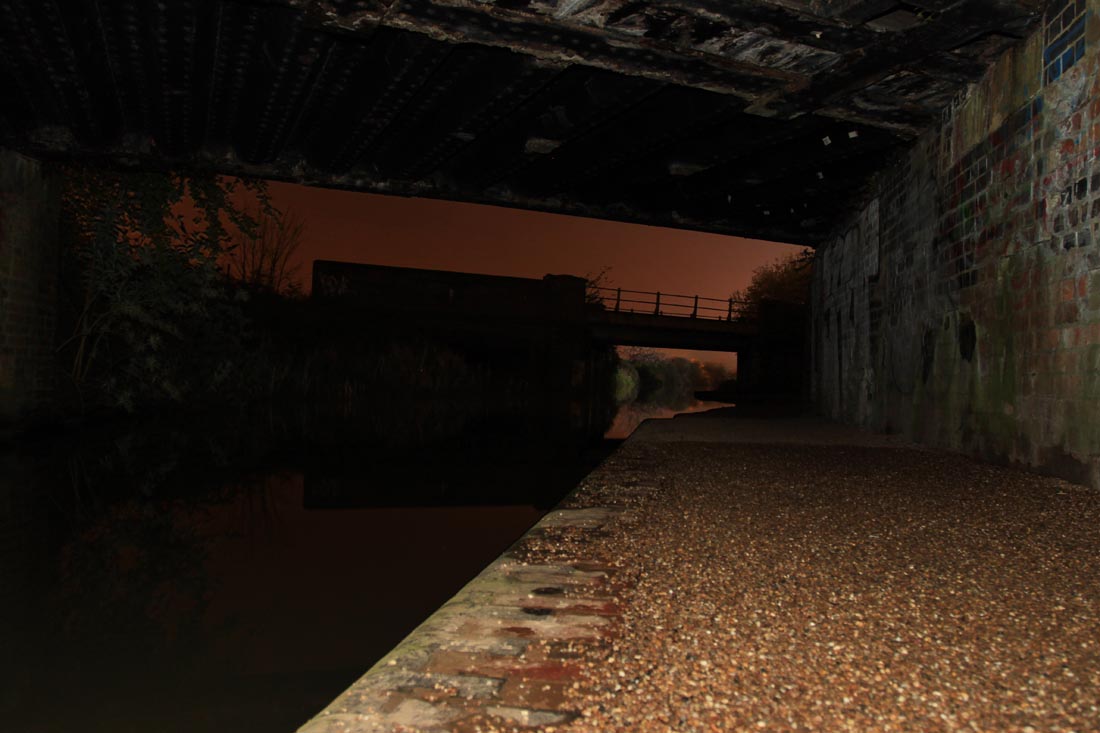
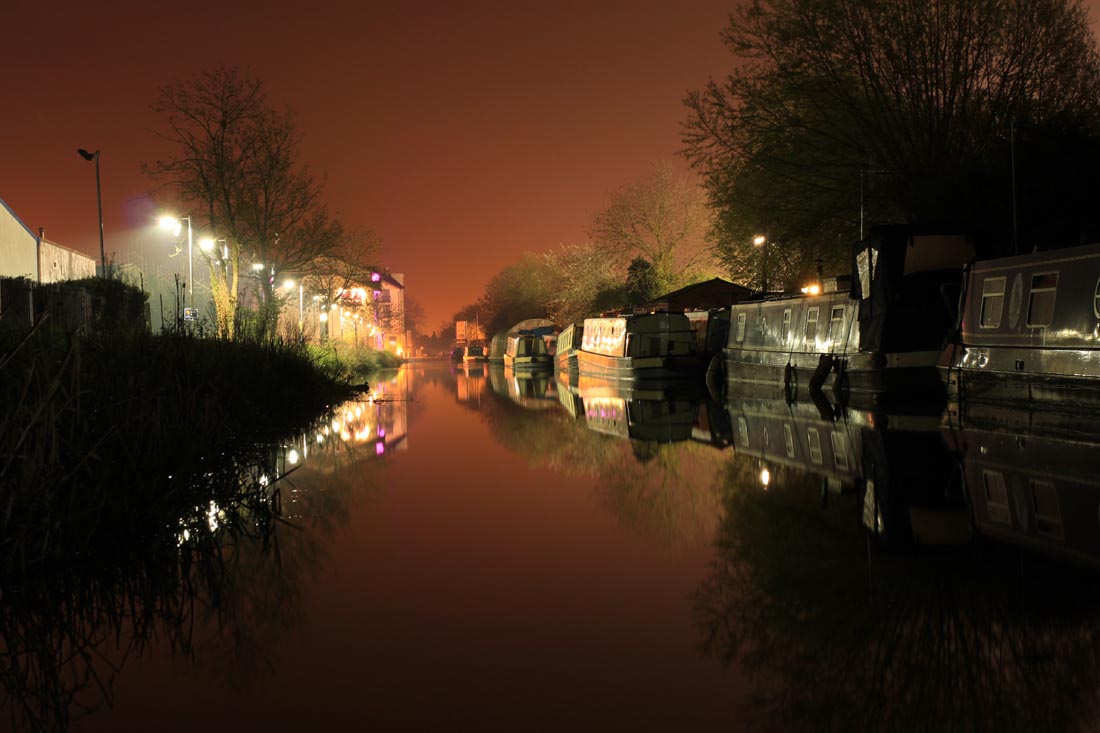
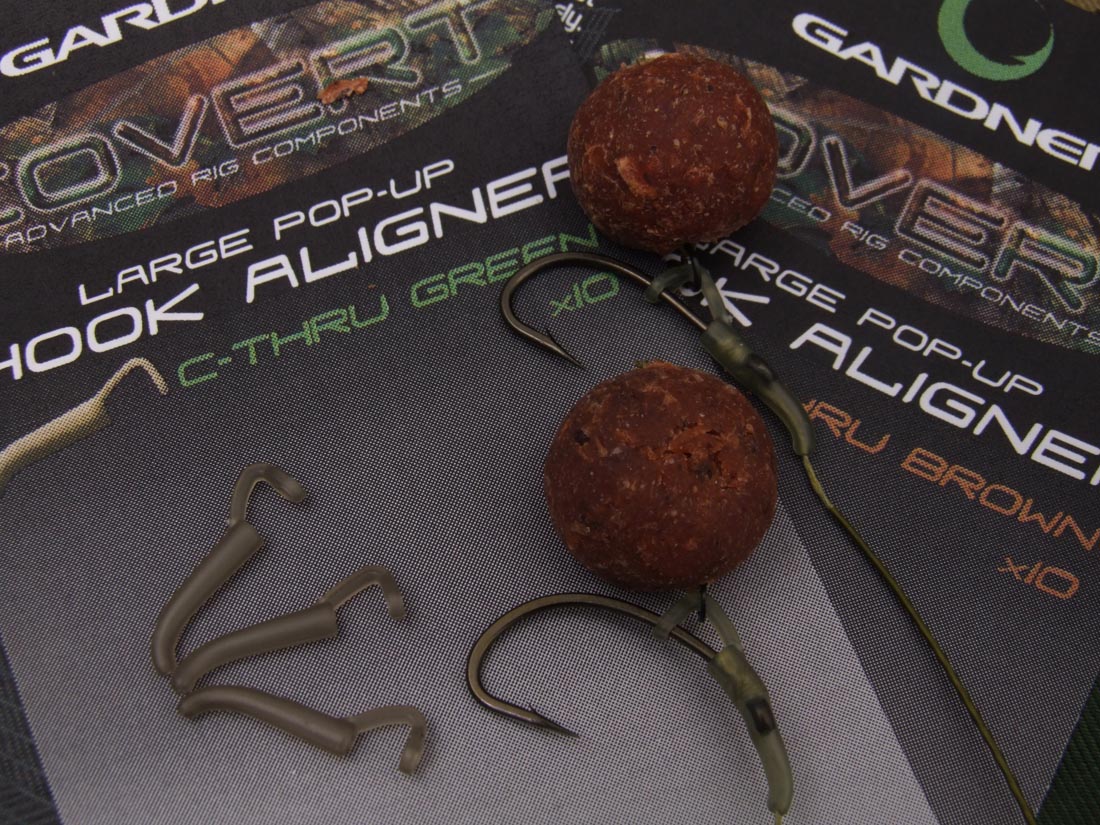
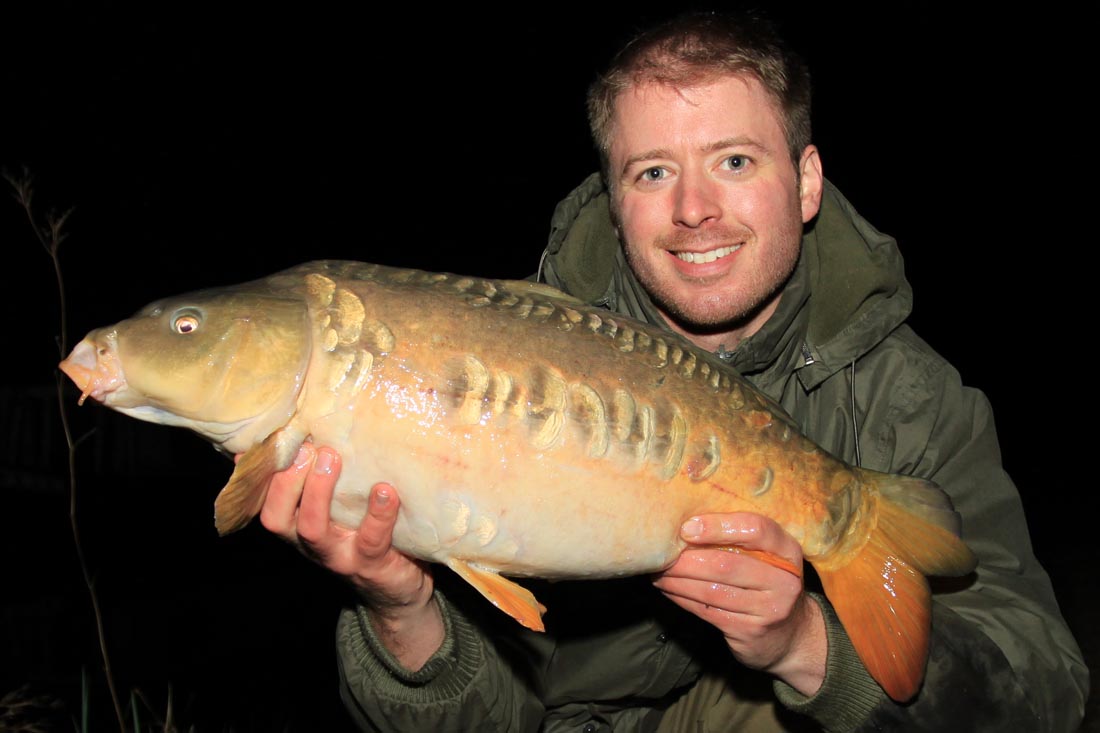
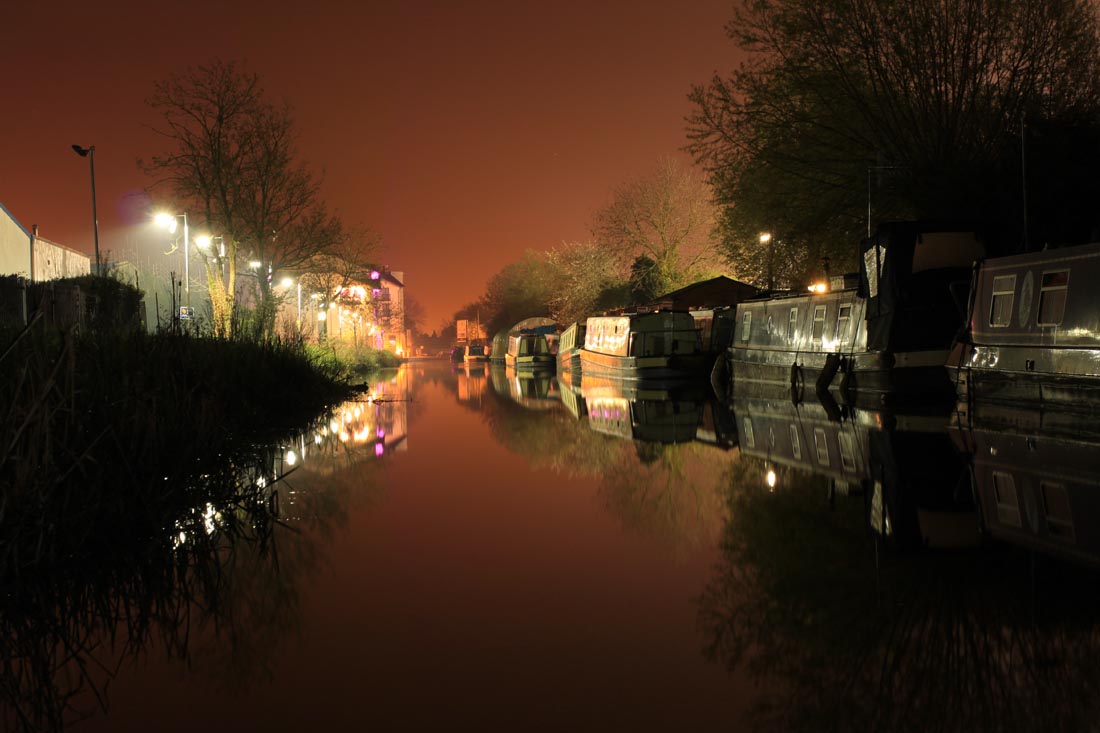


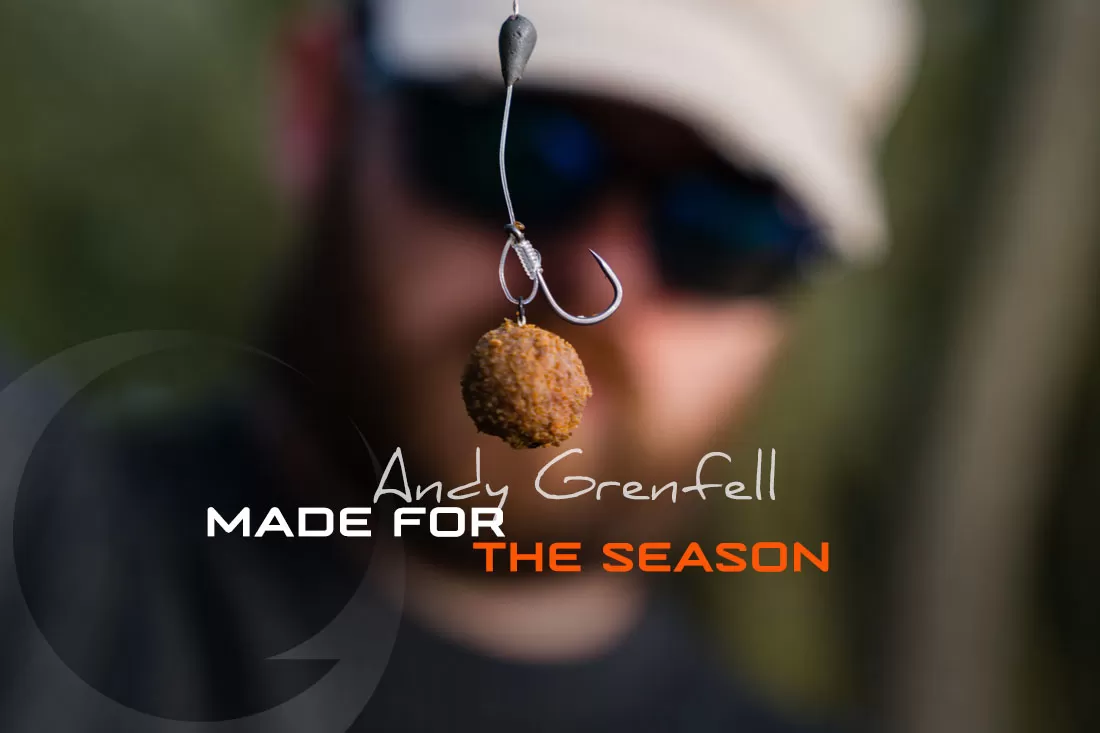
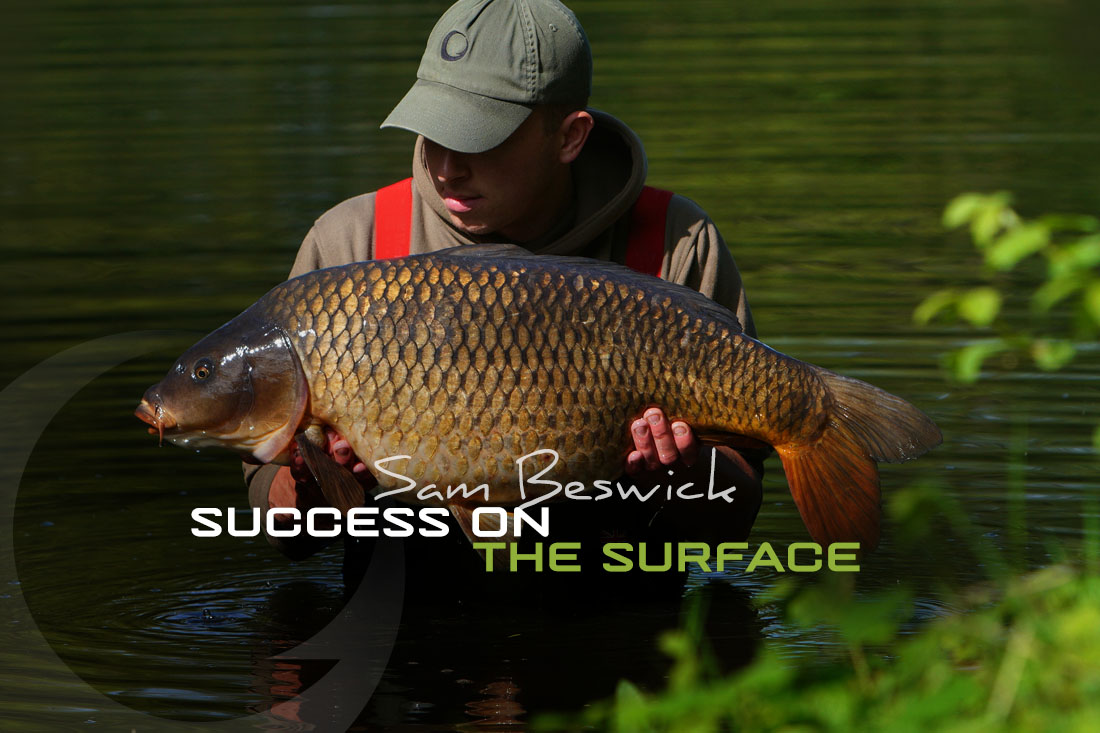

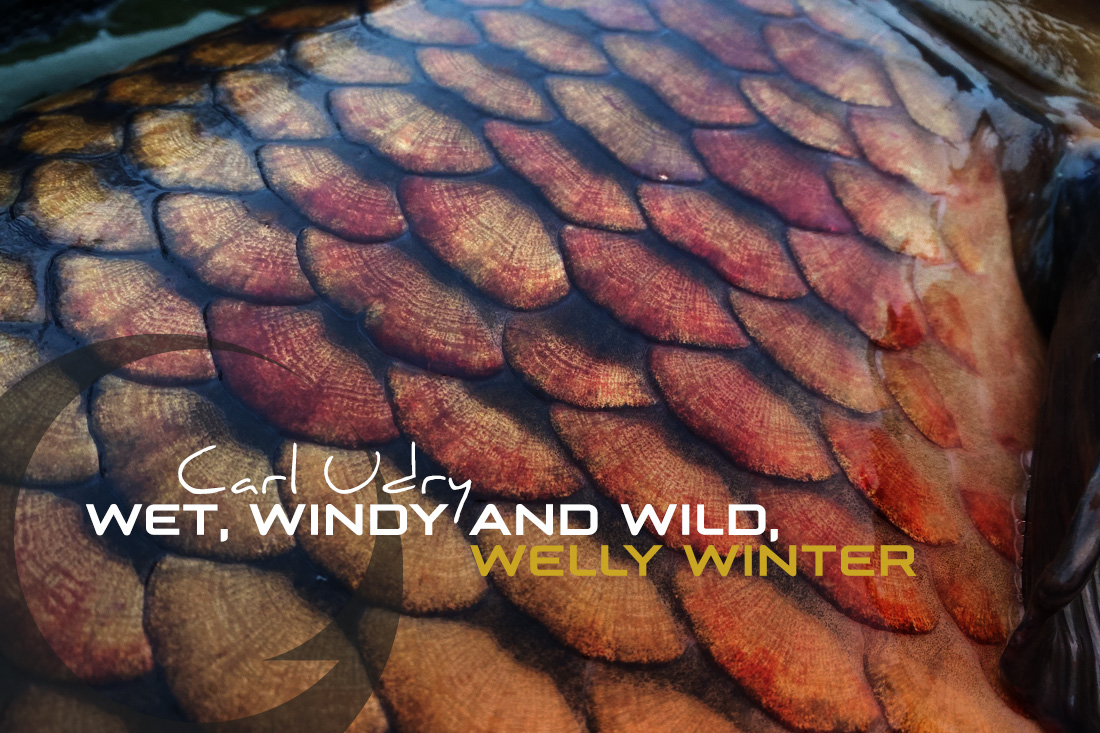
Hi I’m Wayne I’ve fished Bridgwater canal in leigh for years now and all the info about the back leading is OK however I’ve found if you don’t recast if 2 boats have gone past you will often find that debrit will fall over your pinned lines like bags weed sticks ect. There fore if you get a take or decide to recast the line gets trapped under all the rubbish and it looses you fish and tackle. My advice is recast after every 2 boats also depends weather they slow down or not to. I do a lot of dredging every spring over swims I often fish and were I find carp hold up each year that helps massively just a bit of info for canal carping. Although the areas were the canal is not near a built up area are usually clear of rubbish that’s a good tip for people to its weather the carp are there though because they do like structures ie bike frames wheelybins trolleys you name it hahaha
Great tips there!
I’m now planning my first ever canal campaign for carp. Do you find boat traffic will be a big problem? I am restricted in the times I can fish, and may struggle on occasions being on the bank before, and after the boats have stopped.
thanks,
We took the liberty to forward your question onto Lewis baldwin, and he responded as follows:
“Hi Kevin,
You’re predicament is exactly why I fish 4am until 8am or 7pm until midnight. there are however a few things you can do that will put the odds of a daytime canal carp capture in your favour.
Firstly (and it sounds obvious) don a pair of Polaroid’s, grab a bucket of bait and go for a walk along your chosen venue. Bait little and often and you’ll soon see where the carp like to reside during the day. I’ve always found them to be tucked under overhanging trees, over hanging brambles or tight to the near margin well out of the way.
Once located pre baiting will massively put the odds in your favour. Canal carp aren’t fussy, corn and hemp Introduced on the same spot or area at the same time of day regularly will see the carp turn up for a free feed making them easier to catch when time isn’t on your side.
When it comes to actually fishing for them and dealing with boats captive back leads are essential if fishing beyond the boat channel. Casting to your chosen spot slide a back lead down the mainline so it hits the bottom of the far marginal shelf, put another back lead on but keep this one tight to the bottom of the near shelf. This will keep your line pinned to the bottom and our of the way of any boat rudders. When fishing like this it’s imperative you have no slack in the main line and everything is Bow string tight to the back lead giving you instant indication should your lead move.
Remember once the weather warms up sufficiently stalking with free-lined bread or float fished meat are also deadly methods for these undressed fish.
Cheers
Lewis”
That’s great info thanks I think it’s going to help ?
Could you please tell me if the carp would be put off by traffic going over a busy bridge of my local canal (exeter) or would they still hang around under it ?
Thanks
Jerry
Hi Jerry,
Generally speaking the carp would have got used to the noise and as it has not meant danger would still be under there.
Regards,
The Gardner Team